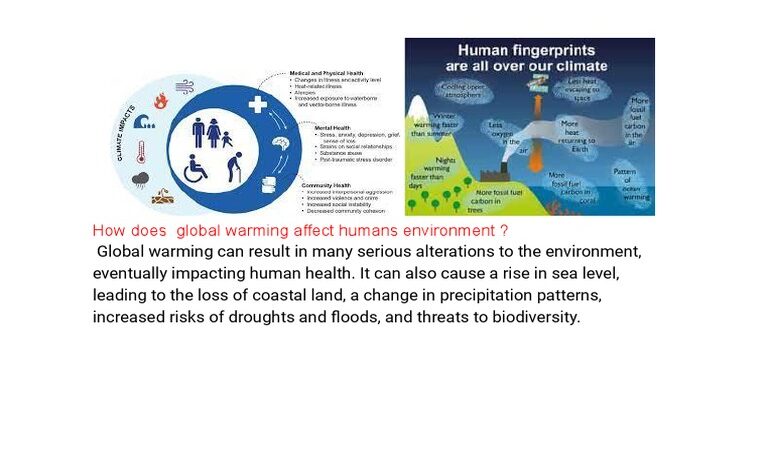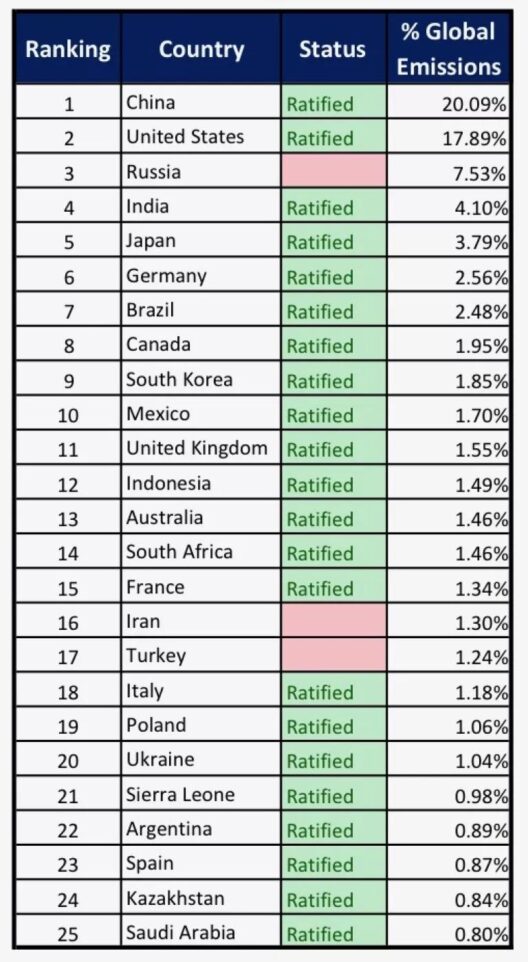Imagine waking up one day to an incessant heat wave, where even the morning air feels like the steamy embrace of a tropical jungle. You step outside, only to be greeted by the unsettling hum of cicadas announcing temperatures that seem to rival those of a sauna. As climate change continues to ripple through our ecosystems, one can’t help but ask: how does global warming affect us personally, and what concrete actions can we take to mitigate its impact?
Global warming, primarily driven by human-induced greenhouse gas emissions, is not a distant threat measured in decades. It is an omnipresent reality that manifests itself in myriad ways, all of which can touch our daily lives on a personal level. From rising temperatures to shifting weather patterns, the ramifications extend far beyond merely rising sea levels or endangered polar bears; they shape health, economy, and even our day-to-day convenience.
The first area of concern is health. Rising global temperatures facilitate the expansion of vectors like mosquitoes and ticks, which can carry diseases such as malaria and Lyme disease. Have you ever considered that you could be sharing your backyard with a mosquito that was previously limited to a tropical climate? The incidence of heat-related illnesses is also surging. As summers grow longer and sweltering, instances of heat stroke and heat exhaustion have seen an alarming uptick. Communities must learn to adapt, whether that means developing cooling centers or rethinking outdoor activities during peak heat hours.
Then there’s the question of food security. Global warming disrupts agricultural cycles, from planting to harvesting. Unpredictable precipitation patterns lead to droughts in some regions while others experience destructive floods. The resultant crop failures mean that you may soon notice soaring prices at the grocery store, or perhaps even an unsettling scarcity of fresh produce. Have you thought about what goes into your dinner plate, or the long journey it undertakes before reaching you? The delicate interplay of climate and agriculture is something we must closely monitor.
This leads us to the economy, another pivotal domain affected by our warming planet. Natural disasters fueled by climate change—hurricanes, wildfires, and floods—can wreak havoc, not only taking lives but also obliterating businesses and livelihoods. Insurance premiums rise as the risk of damage increases, putting financial pressure on individuals and families. What if economic stability as we know it began to crumble because of forces beyond our control? Individuals are often left to navigate the consequences, and the strain can feel insurmountable. It is imperative to advocate for infrastructure that can withstand these pressures and ensure local economies remain resilient.
Moreover, mental health cannot be ignored. The anxiety stemming from climate disasters, especially for those in at-risk areas, is palpable. The constant threat of extreme weather events can lead to chronic stress and feelings of helplessness. Children growing up in this era are likely to carry the emotional toll of a changing world. The pressing question we should grapple with is how we can foster community resilience—mentally as well as physically—to prepare against climate-related hardships.
So, what can be done? Personal accountability takes center stage. Each action may feel small against the grand tapestry of the climate crisis, yet change is built one thread at a time. First, consider your carbon footprint. Are you actively reducing waste and seeking sustainable alternatives? Small yet impactful decisions—like opting for public transportation, biking, or consolidating errands—can significantly decrease emissions.
Moreover, energy consumption is another area ripe for reduction. Transitioning to renewable energy sources such as solar or wind can dramatically cut down our reliance on fossil fuels. Furthermore, advocating for energy-efficient practices in your home—such as upgrading to energy-saving appliances or even planting trees which naturally filter carbon dioxide—could make your residence part of the climate solution rather than a contributor to the problem.
Educating oneself and others about climate change is paramount. Join local environmental groups, attend community meetings, or even start a conversation at your kitchen table. When knowledge flows, so does the potential for change. Engaging in activism—whether through political action or grassroots campaigns—can amplify voices demanding systematic change at the civic level. Lobbying for green policies or supporting businesses that prioritize sustainability can also shift the market toward more environmentally friendly practices.
Finally, building community connections plays a vital role. Establishing local networks focused on resilience—sharing gardening tips, innovating energy solutions, or even organizing cleanup events—allows collective action to flourish. Together, we can discover creative solutions to challenges posed by climate change, fostering an engaged and informed populace ready to tackle the issues at hand.
The allure of pondering how global warming might affect us personally can initially seem daunting. Yet, once we acknowledge the direct impact on our lives—health, food security, economy, and mental well-being—we delve deeper into comprehending the necessity for change. Each individual has the power to impact our shared future positively, transforming anxiety into action. Every voice, every decision, nurtures the ambition for a more sustainable world. The challenge before us asks that we rise together, woven into a narrative of resilience that allows us to meet climate change head-on, shoulder to shoulder.







